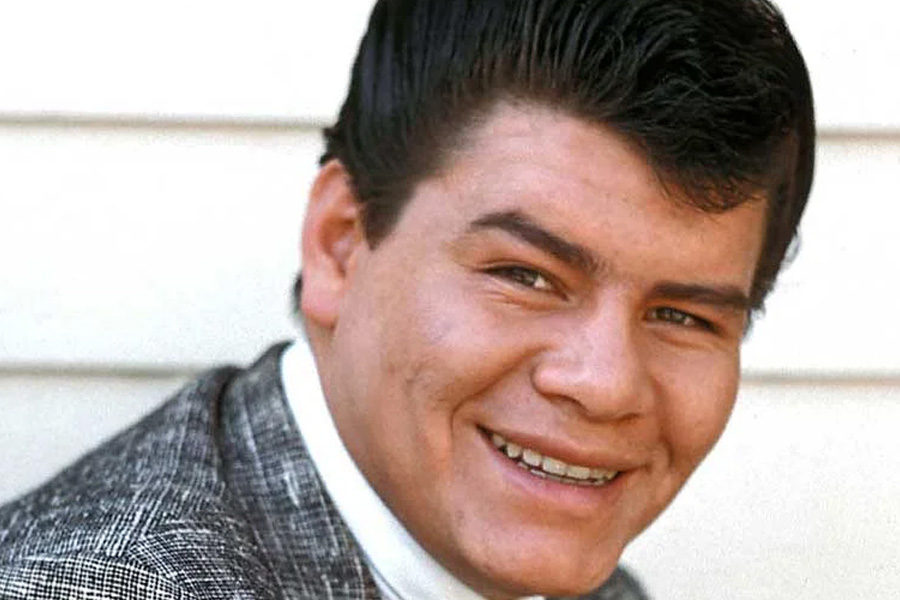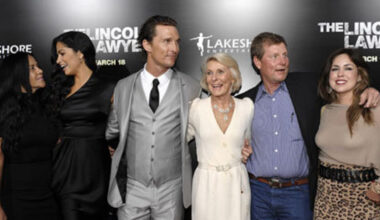Basic Information
| Field | Details |
|---|---|
| Full Name | Joseph Steven Valenzuela |
| Also Known As | Joseph (Steve) Valenzuela; Joseph Stephen/Steven Valenzuela; Joseph Steven Ricardo Valenzuela |
| Born | circa 1894–1896 (United States, California) |
| Died | January 8, 1952 (Los Angeles County, California) |
| Burial | Holy Cross Cemetery, Culver City, California |
| Residence | Los Angeles and the San Fernando Valley (notably Pacoima) |
| Occupations | Tree surgeon; horse trainer; factory/munitions worker |
| Spouse/Partner | Concepción “Concha” Reyes (later Concepcion Valenzuela) |
| Children | Richard (Ritchie) Steven Valenzuela (1941–1959); Connie (Connie Valens Lemos); Irma; extended household included Bob Morales (maternal half-brother to Ritchie) and Mario Ramirez (reported as half/step sibling in family accounts) |
| Known For | Father of musician Ritchie Valens |
Early life and roots
The life of Joseph Steven Valenzuela begins in the closing years of the 19th century—most commonly listed between 1894 and 1896—when Southern California was still patchwork farmland feeding a fast-growing metropolis. He came of age as Los Angeles transformed into a modern city, a place where new industry met old orchards and where a working man could carry several trades in his hands at once. While precise details of his early years are scarce, his story reads like a ledger of labor: trees, horses, and factory floors, the practical skills of a man intent on steady work.
Marriage and household
In the 1930s, Joseph’s path entwined with Concepción “Concha” Reyes, remembered for her grit, her warmth, and her Sonoran-Yaqui roots. Together they formed a household that would later shape one of America’s most enduring musical legacies. Accounts differ on the precise start of their union—some note a late-1930s marriage—but the family framework is consistent: a hardworking couple raising children in Pacoima and nearby neighborhoods, making do, making music, and making space for ambition.
Children and siblings: a family chart
The name “Valenzuela” traveled far because of a teenager who melted rhythm into melody. But the family’s circle was wider than a single star. Ritchie’s siblings and half-siblings grew up inside the same modest rooms, sharing tables, stories, and sometimes grief.
| Name | Relation to Joseph | Birth–Death | Notes |
|---|---|---|---|
| Richard (Ritchie) Steven Valenzuela | Son | 1941–1959 | Guitar prodigy and rock & roll pioneer; known for La Bamba and Donna. |
| Connie (Connie Valens Lemos) | Daughter | b. mid-1940s | Later a family spokesperson; appears in interviews and commemorations. |
| Irma | Daughter | b. mid- to late-1940s | Appears in family and community tributes to Ritchie’s legacy. |
| Robert “Bob” Morales | Stepson (maternal half-brother to Ritchie) | 1930s–2018 | Concepción’s son from a prior relationship; central figure in family stories. |
| Mario Ramirez | Reported half/step sibling | mid-20th c. | Mentioned in family accounts; relationship described variably in public reporting. |
Labels like half-brother, stepbrother, or simply “brother” shift across recollections—what remains consistent is the web of care. The household relied on many hands, and the siblings’ later public appearances suggest bonds forged in close quarters and tested by time.
Work, skills, and the WWII era
Joseph’s CV was the kind written in calluses. As a tree surgeon, he tended to canopies and trunks—practical work in a city where citrus lanes and street trees stretched for miles. As a horse trainer, he carried a skill set that predated the automobile, a reminder that the San Fernando Valley long balanced ranch life with encroaching suburbia. And in the World War II years, like so many Angelenos, he joined the wartime industries that reshaped the region, working in factory settings linked to munitions and manufacturing. It was honest work, unglamorous by design, and perfectly suited to a man who measured success by his family’s footing.
The years 1941–1952: a compressed decade
- May 13, 1941: Richard Steven Valenzuela is born in Pacoima. The family soon discovers the boy’s keen ear—pots and pans become drums, then a guitar becomes a north star.
- 1940s: The household moves through the familiar cycles of post-Depression, wartime, and post-war Los Angeles—periods of separation are reported, yet the children are raised with music and persistence as daily companions.
- January 8, 1952: Joseph Steven Valenzuela dies in Los Angeles County and is laid to rest at Holy Cross Cemetery in Culver City. He misses his son’s brief but blazing rise by only a handful of years.
In that single decade, Joseph sees the prologue to a story that would echo around the world. He is gone before the chorus, yet the melody his son carried—the feel for rhythm, the trust in craft—owes much to a father who worked with his hands.
After 1952: memory, media, and the family voice
What happened after Joseph’s death is told in anniversaries. Ritchie’s sprint from backyard gigs to hit records unfolded between 1957 and 1959. When the plane went down on February 3, 1959, the Valenzuela household—already acquainted with loss—was thrust into the hardest kind of fame. Over the decades, the family found its public voice. Connie, especially, emerged as a keeper of memory, appearing in interviews, at museum events, and during community dedications that entwined Pacoima’s history with her brother’s songs. Through these appearances, the absent father becomes a presence again—a silhouette in every story about where the music began.
A working-class legacy
To understand Joseph Steven Valenzuela is to look past celebrity and into the architecture of a family. His legacy is not headlines but foundations: a steady income, a home that tolerated noise and invention, a willingness to nurture a child’s talent even when the rent was due. Families like his built mid-century Los Angeles—street by street, shift by shift—leaving behind unheralded yet indelible contributions. Sometimes, one of their children wrote a song the whole world could sing.
Selected timeline
| Year/Date | Event |
|---|---|
| c. 1894–1896 | Birth of Joseph Steven Valenzuela in California. |
| 1930s | Partnership/marriage with Concepción “Concha” Reyes; household forms in Los Angeles. |
| May 13, 1941 | Birth of Richard (Ritchie) Steven Valenzuela in Pacoima. |
| 1940s | Joseph works as tree surgeon, horse trainer, and in wartime factory settings. |
| January 8, 1952 | Death of Joseph Steven Valenzuela; burial at Holy Cross Cemetery, Culver City. |
| 1957–1958 | Ritchie’s rapid ascent in recording and touring. |
| February 3, 1959 | Ritchie Valens dies in plane crash; family becomes long-term steward of his legacy. |
| 1980s–present | Family members, notably Connie, participate in interviews, museum exhibits, and community tributes. |
FAQ
Who was Joseph Steven Valenzuela?
He was a Los Angeles–area laborer—tree surgeon, horse trainer, factory worker—and the father of musician Ritchie Valens.
When was he born and when did he die?
He was born circa 1894–1896 and died on January 8, 1952.
Where is he buried?
He is buried at Holy Cross Cemetery in Culver City, California.
Who was his spouse?
He partnered with Concepción “Concha” Reyes, the mother of Ritchie Valens.
Who were his children?
His household included Ritchie, Connie, and Irma, along with Bob Morales (Ritchie’s maternal half-brother) and Mario Ramirez (reported as half/step sibling).
What jobs did he hold?
He worked as a tree surgeon, trained horses, and took on factory work during the World War II era.
Did he live in Pacoima?
Yes, the family is closely associated with Pacoima and the broader San Fernando Valley.
How did he influence Ritchie Valens?
Accounts describe a supportive, working-class home where music was encouraged and hard work was expected.
Was he a public figure?
No, his public notability stems from his role in Ritchie Valens’ family story.
What remains of his legacy today?
His legacy lives in the family’s ongoing stewardship of Ritchie’s memory and in the narrative of a hardworking father behind a groundbreaking artist.



